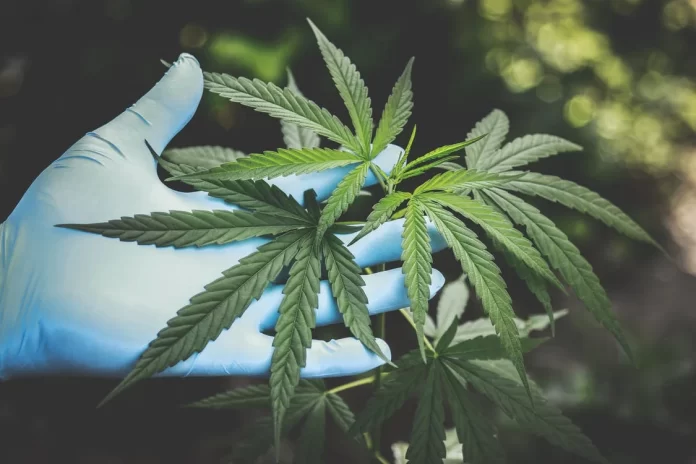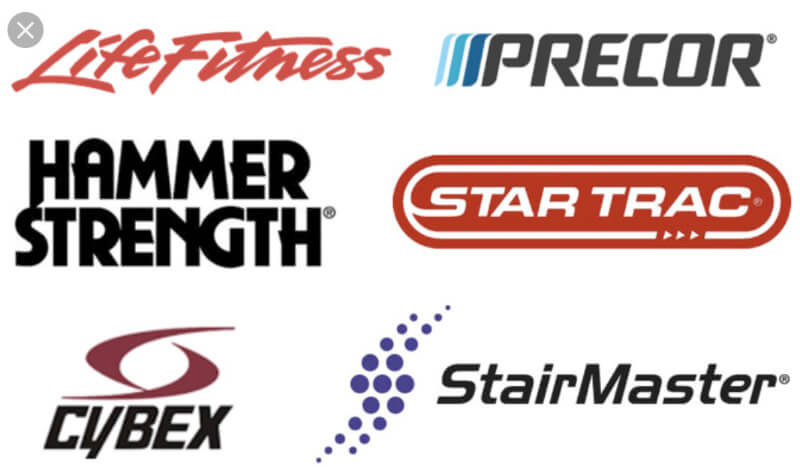Hemp has a fascinating history and there are many facts about hemp. While one of the products that it can produce is Cannabis, which contains the psychoactive chemical THC, that’s not the only thing for which it’s used. When not used for other purposes, it is classified as an invasive species, a weed. It has various applications as a food source; water and soil purification; rope; building materials; animal bedding, paper; fiber; composite materials; biofuels; and medicines. visit here
1 Hemp is Food
As one of the important facts about hemp, Hemp seeds are healthy sources of calories containing 586 calories per 3.5 oz serving, 4 grams of dietary fiber if hulled, and ~20 grams if whole. It also has almost 32 grams of protein, and about 1.3 grams of the amino acids Threonine, Isoleucine, and Lysine each. It’s a powerhouse of nutrition that contains 111% of vitamin B1, 24% of B2, 61% of vitamin B3, 80% Copper, 61% Iron, 197% Magnesium, and 362% Manganese.
Spent-hemp (the byproduct of CBD farming) can also be used as livestock feed, potentially making it a better alternative to alfalfa. However, the jury’s still out whether it is a safe, long-term alternative to the “traditional” diets they are typically fed.
2 Hemp is good for Water & Soil Purification
Hemp purifies water and soil by storing contaminants in the plant’s tissues as facts about hemp, including toxic lead. Interestingly enough, the plant itself doesn’t seem to be adversely affected by these substances. If used to start organic farming, hemp doesn’t require fertilizer or pesticides and will add nutrients back to the soil.
3 Hemp Makes Excellent Rope
Rope has long had many uses, including lifting “block and tackle,” wrapping/ binding, attaching to and pulling loads, and ship rigging and anchor cords. Hemp rope is strong and rot-resistant, though it was often tarred when used for shipping purposes to improve its ability to withstand water.
4 Hemp is a Building Material
Hemp is an excellent and sustainable building material, growing in about 100 days. After drying and compression, hemp’s fibers can be formed into an “alternate wood,” housing insulation, plaster, acoustic ceiling tile, and a concrete-like substance, often called “hempcrete.” Furthermore, due to its flexible nature, it could be used in earthquake-prone areas. Hempcrete is a building material that is both fire and mold-resistant. Not only that, but hemp oils help create stains, polishes, and varnishes.
5 Hemp makes comfortable Animal Bedding
Farmers can turn hemp fibers into bedding for horses and chickens. The “hurd” or “shives” –the hemp’s stems and cores, respectively, are dried and shredded to make bedding. These can also be turned into mulch to protect the soil.
6 Hemp Makes Paper Products
Do you know this facts about hemp ? Hemp is a paper product made from the refuse of industrial hemp. Hemp paper is more sturdy, doesn’t tear as easily, and has a more stretchy quality. Most hemp papers are made into money, cigarettes, and industrial filters. It can be recycled up to 8X, compared to wood’s three. It yields 30X to 40X the amount of material yearly compared to the same acreage of wood. Unfortunately, turning hemp into paper is ~4X more costly than wood paper due to the lack of machinery that can separate the necessary fibers. Only hemp’s stem is usable for this purpose.
8 Hemp Fibers Are Beneficial
Hemp fibers find their way into many things: clothing – particularly sports goods, house shoes or slippers, bags, and macrame jewelry adorned with semi-precious stones or glass crystals. Items made of hemp are more sturdy, durable, breathable, moisture-wicking, and absorbent than their cotton counterparts. Also, it has antimicrobial qualities.
9 Hemp Adds Strength to Composite Material
Hemp acts as a reinforcement material in recyclable bioplastics that break down in six months if composted. In the automotive industry, these bioplastics have taken the place of traditional plastics in many cars’ door panels, rear passenger areas, and supports. They also may be found in the inside layer of boots, woven into Kevlar, and turned into musical instruments due to their vibrational qualities.
10 Hemp May Help the Environment Through Biofuels
In addition to compost, one of the things that hemp biomass gets turned into is biofuel. Hemp biofuels are formed by taking everything left behind after harvesting the flowers. Hemp’s leaves, hurd, shives, and seeds are turned into sugars or decomposed to ferment or distill to form ethanol or methanol.
11 Hemp is Used in Medicines
Hemp has a variety of medicinal purposes. Of course, hemp and its byproducts are used for CBD oil with both internal and external applications. Internal applications include easing PMS symptoms and improving digestion. Used topically, CBD oil is purported to help with eczema and arthritis. Topical pain creams, such as Hempvana, use hemp seed oil, which has moisturizing properties.
Hempvana
Hempvana is a pain relief cream that comes in 4-oz. jars that last for hours. Its fast, easy-to-use formula lets you rub away pain right at the source instead of needing to take problematic NSAIDs that can take a long time to start working. Their best deal is 4 jars for $63.96 – a 20% off retail price. Want to try Hempvana out for yourself? Call (800) 715-0695 or visit them online at https://hempvana.com/products/hempvana-pain-cream-2-pack. They accept Visa, Mastercard, American Express, Discover, Apple Pay, Google Pay, PayPay, and Shop Pay accounts.







